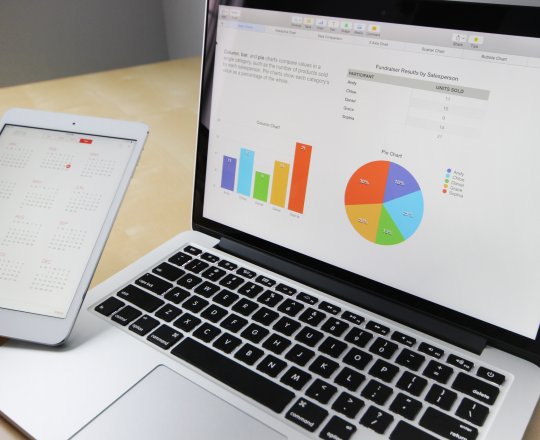In order to improve direct mail response rates, we have selected the top datasets to enrich our target audience data. By enriching the data we develop a fuller picture of each audience member, one that allows us to more accurately target only those individuals most likely to respond. So, if a 10,000 piece mail campaign usually receives 100 responses and our data enrichment and targeted segment selection increases that number to 120, 160 or even 280, then we will have contributed to a significant boost in the campaign’s profit-margin.
It’s normal to have some information about potential customers, such as their Name, Place of residence, Email, Facebook account, Twitter account, etc. While this information has some token value, it falls short of providing real value for any sort of sophisticated analysis. This is especially true when the information is processed through artificial intelligence algorithms.
Many additional data characteristics are available for members of our marketing audiences, including their Travel, Sports, Book, Nutrition, Music, and Hobby preferences. These features can be combined with Marriage status, Religion, Gender, Age, Spoken language and more.
Using machine learning algorithms, we combine our original data with these new datasets to identify customer behavior patterns, giving us a much richer picture of our targets. With this data, based on previous behavior, we identify which people are most likely to respond to specific campaigns.











